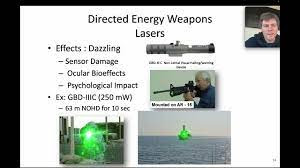Patent No. 5020538 Low noise magnetoencephalogram system and method
Patent No. 5020538
Low noise magnetoencephalogram system and method (Morgan, et al., Jun 4, 1991)
Abstract
A magnetoencaphalogram (MEG) detects the neuromagnetic brain signals of a subject by bringing a set of magnetic sensors, preferably SQUIDs (superconducting quantum interference device), close to the scalp of the subject. The adverse effect of environmental magnetic noise is reduced by using a second set of magnetic sensors which are placed near the subject. The system includes a bandpass filter, to divide the signals from the various sensors into predetermined frequency bands, and a computer to provide a least squares noise component estimate of the noise from each brain wave sensor and to calculate therefrom a filtered brain wave signal having reduced noise.
Notes:
SUMMARY OF THE INVENTION
The present invention is a magnetoencephalogram (MEG) system and method which
effectively removes the environmental noise from MEG recordings without manual
adjustments. The system utilizes adaptive noise cancellation, which continuously
and automatically adjust the weights of the reference noise channels to remove
the effect of time-varying environmental sources of contamination. Another application
of the present invention is the removal of other types of contaminants in MEG
recordings, such as those arising from magnetic fields generated by muscle artifact,
such as movement of the eyeballs.
OBJECTIVES AND FEATURES OF THE INVENTION
It is an objective of the present invention to provide a low noise magnetoencephalogram
(MEG) system and method which sufficiently cancels environmental magnetic noise
so that the MEG system may be utilized in a nonmagnetically shielded room.
It is a further objective of the present invention to provide such an MEG system
which will automatically and rapidly compensates for changes in the magnetic
environment so that the manual adjustments are not necessary.
It is a further objective of the present invention to provide such an MEG system
which will not greatly add to the costs or complexity of the MEG system, but
instead may utilize the existing number of channels in commercially available
systems and may utilize available digital computer systems.
It is a further objective of the present invention to provide such an MEG system
which will provide a set of "clean", i.e., filtered, MEG signals whose signal/noise
ratio is improved relative to alternative systems and methods.





Comments